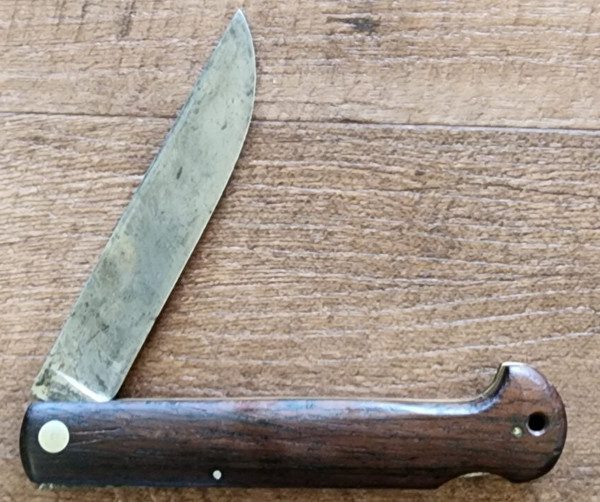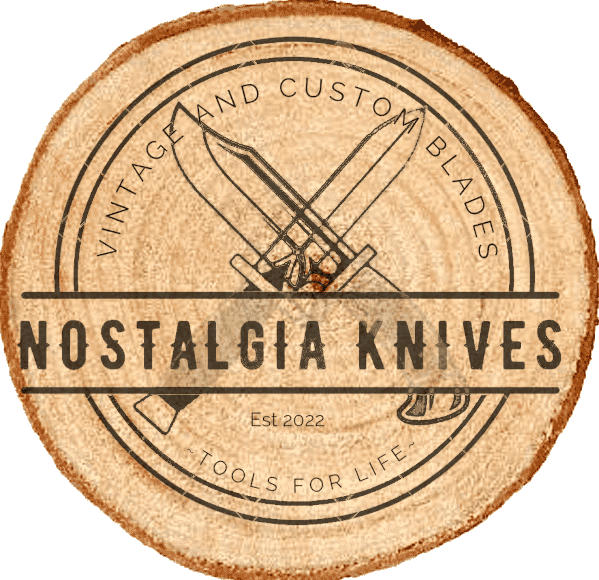Friction Folder Knife – DIY project approach..

Step 2: Cut and Shape the Blade
If you’re using a pre-made blade blank, you may move to Step 3.
- Assess Your Blade Blank:
- Examine the blade blank carefully and decide on the final shape you want for your friction folder knife.
- Take note of any existing bevels or curves.
- Forging (If Applicable):
- If you’re starting with a raw piece of steel and have forging skills, heat the steel to a workable temperature and use an anvil or hard surface to shape it.
- Hammer the steel to achieve the desired shape and thickness.
- Be mindful of safety precautions when working with hot metal.
- Cutting the Blade:
- Using a hacksaw, cut the steel to the rough shape of your intended knife.
- Follow the lines of your design, leaving some extra material for refining later.
- Initial Shaping with Grinder:
- If you have access to a bench grinder or angle grinder, use it to remove excess material quickly and shape the blade closer to your design.
- Wear safety gear, including eye protection and gloves.
- File Work:
- Transition to files for more precise shaping.
- Choose files of various shapes and sizes to refine the profile of the blade.
- Work patiently, constantly checking against your design.
- Creating the Bevel:
- Establish the bevel on the blade using a file or a dedicated knife-making file guide.
- Start with a coarse file and progressively move to finer files.
- Maintain a consistent angle to achieve an even bevel.
- Fine-Tuning with Sandpaper:
- Use sandpaper with progressively finer grits to further refine the blade’s edge and remove any scratches left by the files.
- This step is crucial for achieving a smooth and polished finish.
- Check Blade Alignment:
- Throughout the process, regularly check the blade’s alignment and symmetry.
- Ensure that the edges are even and the point is centered.
- Heat Treatment (Optional):
- If you have the means, consider heat treating the blade for improved hardness and edge retention.
- Follow the specific heat treatment guidelines for the type of steel you’re working with.
- Final Inspection:
- Once you are satisfied with the shape, bevel, and overall quality of the blade, give it a final inspection.
- Look for any imperfections or areas that may need further attention.
- Protect the Blade:
- If you’re not proceeding immediately to the assembly step, consider applying a thin coat of oil to protect the blade from corrosion.
By following your planned steps, it can help ensure that your blade is crafted with precision and attention to detail. Each stage contributes to the overall quality and functionality of your friction folder knife. Just remember to take your time, work slowly and safely. And don’t hesitate to re-do certain steps and make adjustments as needed to achieve the desired final result.

